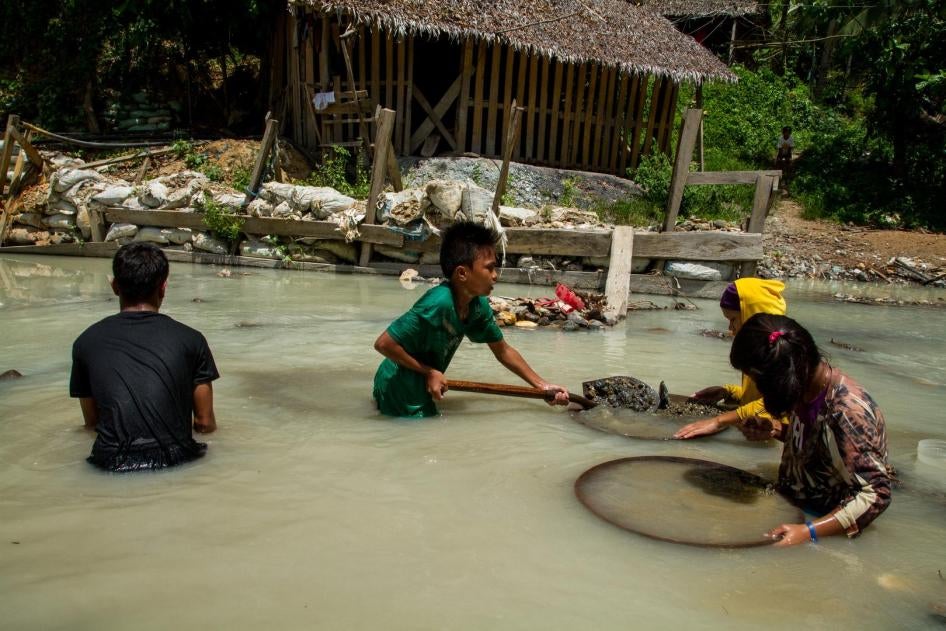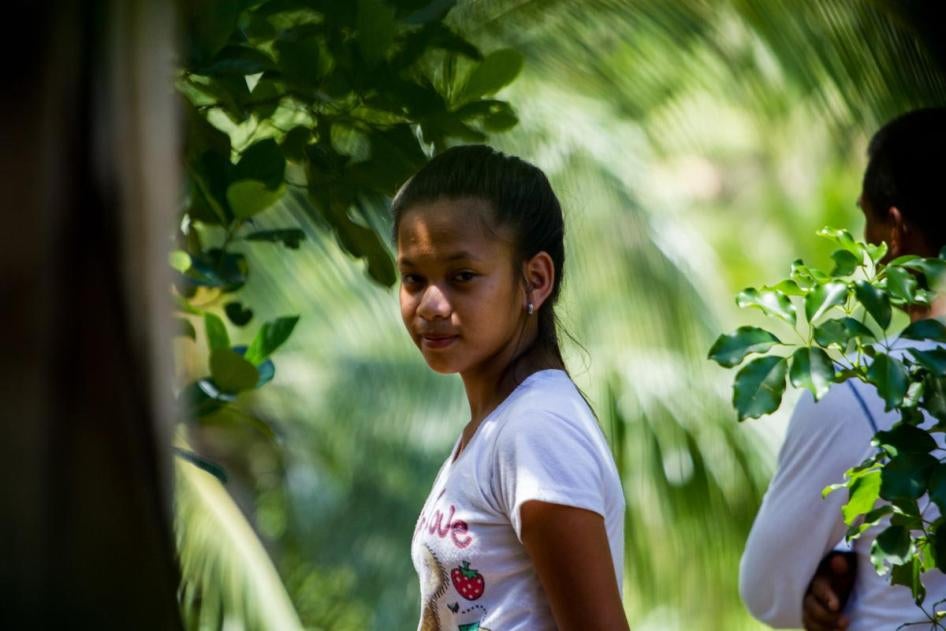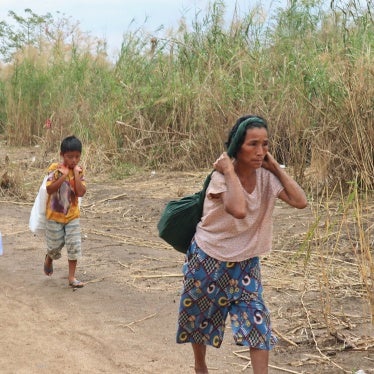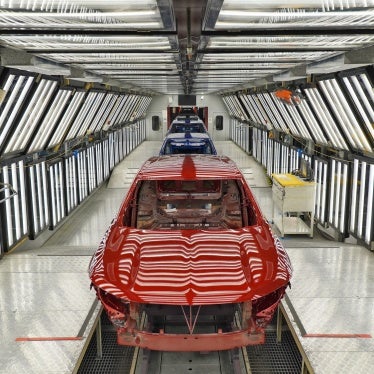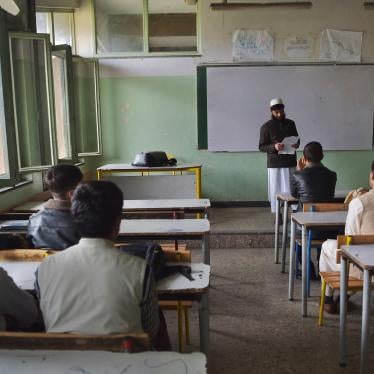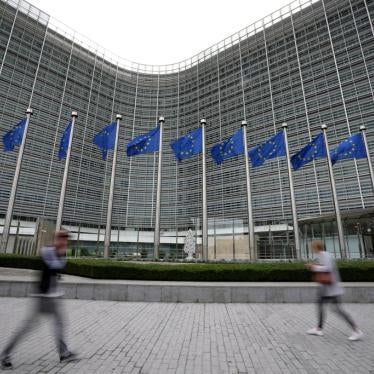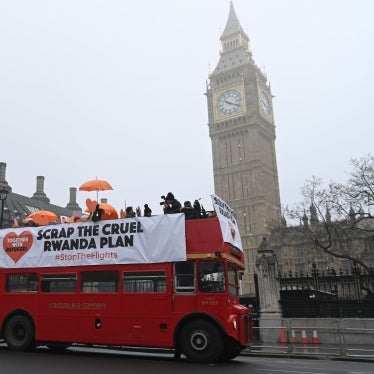November is Children’s Month in the Philippines and the state of child rights in the country is under scrutiny. On November 7, the Department of Labor and Employment warned that child labor remains alarmingly high, with 1.8 million children toiling in hazardous conditions.
I have seen with my own eyes how Filipino child laborers are risking their lives in one of the most hazardous work sectors—gold mining. I interviewed children who were diving underwater to mine gold ore, digging gold in unstable pits, and processing gold with toxic mercury.
One of them was “Michelle,” a 15-year-old girl from Camarines Norte who has been processing gold with mercury since she was 8, unaware that mercury can have permanent damaging effects on health, especially for children. She described to me how she mixes the mercury into the gold ore to create an amalgam, and then holds the amalgam over a torch to burn off the mercury and retrieve the raw gold. She now often suffers spasms, which can be a symptom of mercury poisoning. In her village, I saw a white stream of mercury-contaminated water flowing into the local river.
Mining work is not only dangerous for children, but for the environment and communities displaced by it. The new Philippine environment secretary, Gina Lopez, has recognized this and ordered an audit of major mining firms active in the Philippines. The audit has suspended 10 nickel mines and recommended suspending another 20 —a move that has sent shock waves through the business community. Oddly, though, Lopez’s Department of Environment and Natural Resources is paying little attention to artisanal and small-scale gold mining and its harmful effects on children.
Gold is a major source of income for the Philippines. In 2014, the country produced about 18 tons of gold at a market value of over US$700 million. Most of this gold comes from artisanal and small-scale mines, almost all of which operate without a government license. Yet, the government is doing little to ensure that environmental regulations, and mining and child labor laws are enforced, and to transition these mines toward formal recognition. The government also has done far too little to ensure that the Bangko Sentral ng Pilipinas—the country’s central bank and official buyer of artisanal gold—has safeguards in place to ensure it is not contributing to child labor.
If children like Michelle are to have a chance for a better job, and a better life, they need to go to school or get vocational training. Those who are 15 years or older could also work part-time, but in safe jobs, not hazardous ones like mining. The government should help children in mining areas make this transition, and should ensure that the government’s livelihood assistance programs reach the poorest families in mining areas, so they don’t have to send their children to work.
Companies sourcing gold from artisanal mines in the Philippines should also act. They need to put in place strong safeguards along their whole supply chain, in line with their own human rights responsibilities, to ensure that they are not contributing to child labor in mines that provide them with gold. The Philippines needs a safe and child-labor-free artisanal and small-scale gold mining sector that contributes to the economic and social development of communities—and to the well-being of the country’s children. To achieve this, the government—and specifically the Department of Environment and Natural Resources—should regulate and formalize artisanal and small-scale mining. An important place for Secretary Lopez to start is to include artisanal and small-scale mines in the mining audit.

